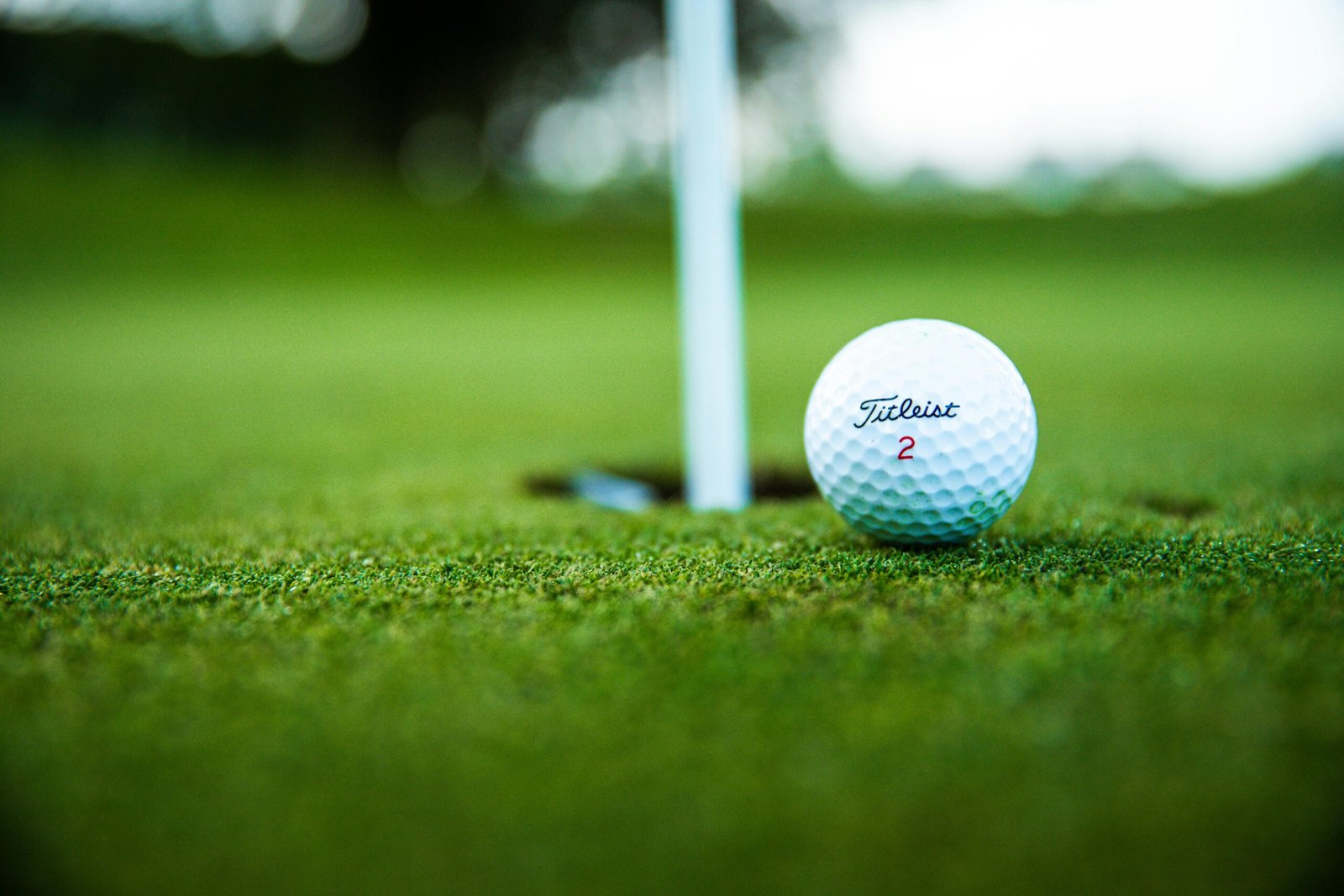MOI sounds like something you’d learn about in a physics lecture, not a weekend foursome. But if you’ve ever hit a drive dead off the toe and still found the fairway, you’ve already benefited from it.
MOI, or Moment of Inertia, is one of the sneaky pieces of golf tech that actually makes your life easier. And unlike a lot of jargon in the gear world, this one’s worth understanding. Especially if you’re not hitting the center of the face every time (which, let’s be honest, is most of us).
Let’s break down what it means, how it works, and why your mishits might not be as bad as they used to be.
MOI in Simple Terms
Moment of Inertia is a measurement of how resistant a golf club head is to twisting when you make contact away from the sweet spot. High MOI = less twisting. Less twisting = more forgiveness.
Imagine holding a sledgehammer and trying to swing it sideways. That weight out on the end makes it hard to turn, right? That’s high MOI in action. Now picture a wooden spoon. Easy to twist. That’s low MOI.
In a golf club, this same idea plays out when you strike the ball off-center. The club wants to twist on you. A higher MOI club resists that, keeping the face more square at impact and helping the ball fly straighter, even if you didn’t catch it pure.
Why Should You Care?
If you’re a Tour player, MOI probably matters less. They strike it dead center 99 times out of 100. But for the rest of us? MOI is our safety net. It helps your toe hits, heel hits, and thin shots lose less distance and stay more on line.
MOI is especially important in:
- Drivers: Where mishits cause major distance and accuracy issues.
- Putters: Where off-center hits can completely wreck your line and speed.
- Game-improvement irons: Where forgiveness is key.
The higher the MOI, the more the club works to reduce the effect of your off-center strike. It’s not magic, but it’s pretty close.
Where MOI Shows Up in Club Design
Manufacturers boost MOI through a few key design elements:
- Perimeter weighting: Spreading weight to the edges of the clubhead.
- Tungsten inserts: Heavy materials in the heel and toe.
- Wider club heads: More mass further from the center increases resistance to twisting.
Drivers like the Ping G430 Max and the TaylorMade Qi10 Max are designed specifically with high MOI in mind. These clubs are built to keep your ball on the fairway when your swing gets a little sloppy.
In putters, high-MOI mallets like the Odyssey Ten or Scotty Cameron Phantom help keep distance and line more consistent—even when you strike the ball off the toe or heel.
Does High MOI Have a Downside?
It can, but only for certain players.
High MOI often comes with larger club heads and a more stable, less workable feel. That means you may lose a bit of control when it comes to shaping shots. If you’re a low-handicapper trying to hit fades and draws on command, a lower-MOI club might feel more responsive.
For most golfers, though, especially mid to high handicappers, the benefits far outweigh the tradeoffs.
How to Know If You Need More MOI
Here’s the quick checklist:
- Do you hit a lot of shots off-center?
- Do your toe hits hook hard or lose a ton of distance?
- Does your putter feel unpredictable unless you hit it perfectly?
If you answered yes to any of those, a higher MOI club might help you score better without changing your swing at all.
Final Thoughts
You don’t need a physics degree to appreciate what MOI is doing for your game. In fact, it’s one of the best examples of club technology working behind the scenes to make golf less frustrating.
So the next time someone says, “You didn’t even hit that clean,” and the ball still lands on the green, just smile and say, “Yeah, that’s the MOI doing work.”
You’ll sound smart. You’ll look smart. And your scorecard might thank you too.






Leave a Reply